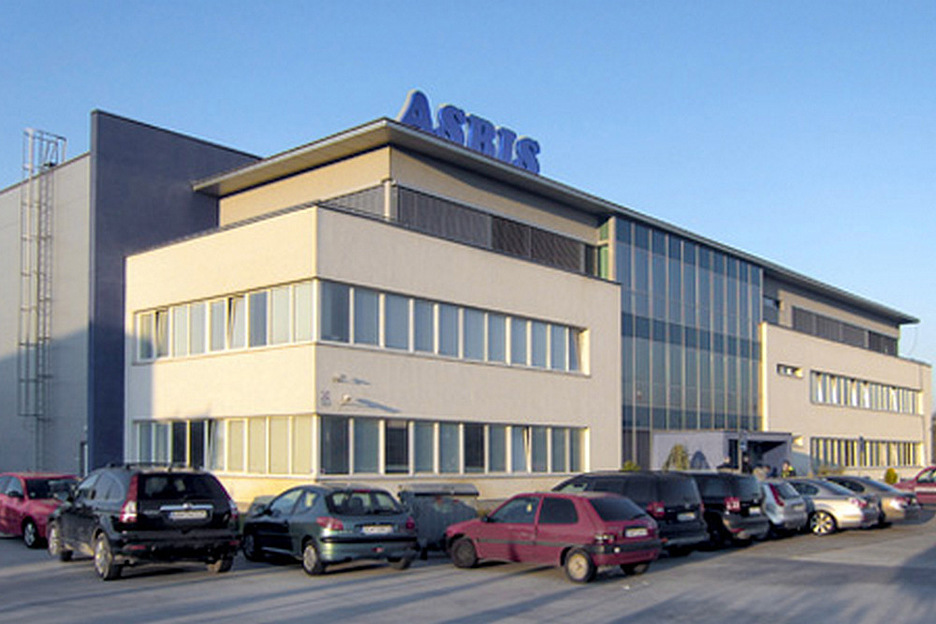This article first appeared on the Fin Law Blog.
Cryptocurrencies such as Bitcoin, Ethereum or Ripple are characterized by the fact that there are a variety of their variety. They are designed identically in the sense that one Bitcoin corresponds exactly to the other in value, which is why they are suitable as computing units.
With Non-Fungible Tokens (NFT) this is different. They are created via smart contracts on suitable blockchain infrastructures and have an individual character. Therefore, NFTs are not suitable as a computing unit, but instead for the digital reflection of individual objects or rights.
The regulation on Markets in Crypto Assets Regulation (MiCAR), which was finally adopted recently after the conclusion of the trilogue negotiations between the EU Commission, the EU Parliament and the European Council, originally wanted to create a reliable legal framework for the entire crypto market in Europe – including for NFTs.
However, the final text of the MiCAR now does not provide for the regulation of NFTs, since crypto values that are not fungible are to be excluded from the scope of the new regulation.
Confusion over application of MiCAR to NFTs
True, the text of the final MiCAR does not provide for the regulation of NFTs. At the end of the trilogue negotiations, the EU Commission gave its approval to the text, however, subject to the proviso that NFTs should not fall under the MiCAR in principle, but in individual cases if they are part of collections. However, what exactly is meant by collections is not defined or specified in the MiCAR text.
The EU Commission probably meant cases in which an issuer issues several NFTs that differ in details, but clearly belong to an overall issue. Examples would be NFT-based trading cards for the players of a football team or a series of NFT-based images, all of which show basically the same motif, but differ in a small detail or the color representation. Unfortunately, however, there has so far been no official explanation of the concept of the collection by the EU Commission or any other institution that can ensure a uniform interpretation throughout Europe.
It is therefore currently unclear which specific NFTs may possibly benefit from the advantages and disadvantages of MiCAR in the future. From the validity of the MiCAR, the national competent supervisory authorities will have to concretize their administrative practice on this issue and position themselves. What then threatens is the international patchwork in NFT regulation, which MiCAR should actually abolish.
ESMA needs to work out a definition of the collection
Now that the final text of the MiCAR has been determined, the European Securities and Markets Authority (ESMA) is responsible for developing draft regulatory technical standards and interpretative notes. In particular, these are intended to enable a Europe-wide interpretation of the new provisions by the national competent supervisory authorities.
In the technical standards to be developed, ESMA should also clarify the question of the applicability of MiCAR to NFTs and clearly define what it means by a collection in this context. Before the publication of regulatory technical standards on new EU regulations, ESMA always conducts a public consultation in which it gives market participants and experts the opportunity to comment on all relevant aspects.
The NFT industry should take advantage of this opportunity to work towards an appropriate and workable administrative practice for NFTs in the MICAR regulatory regime and to avoid a new European patchwork.









